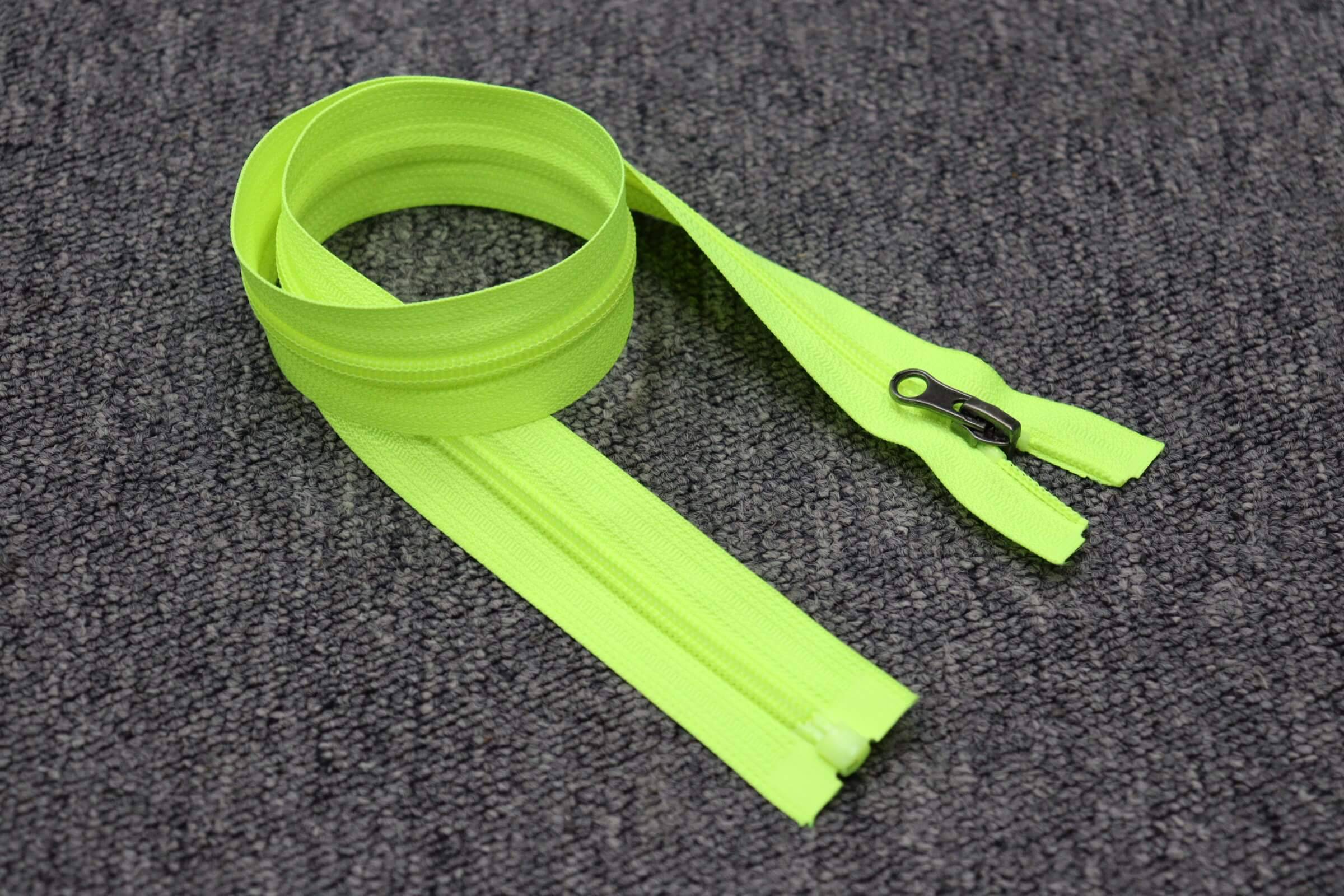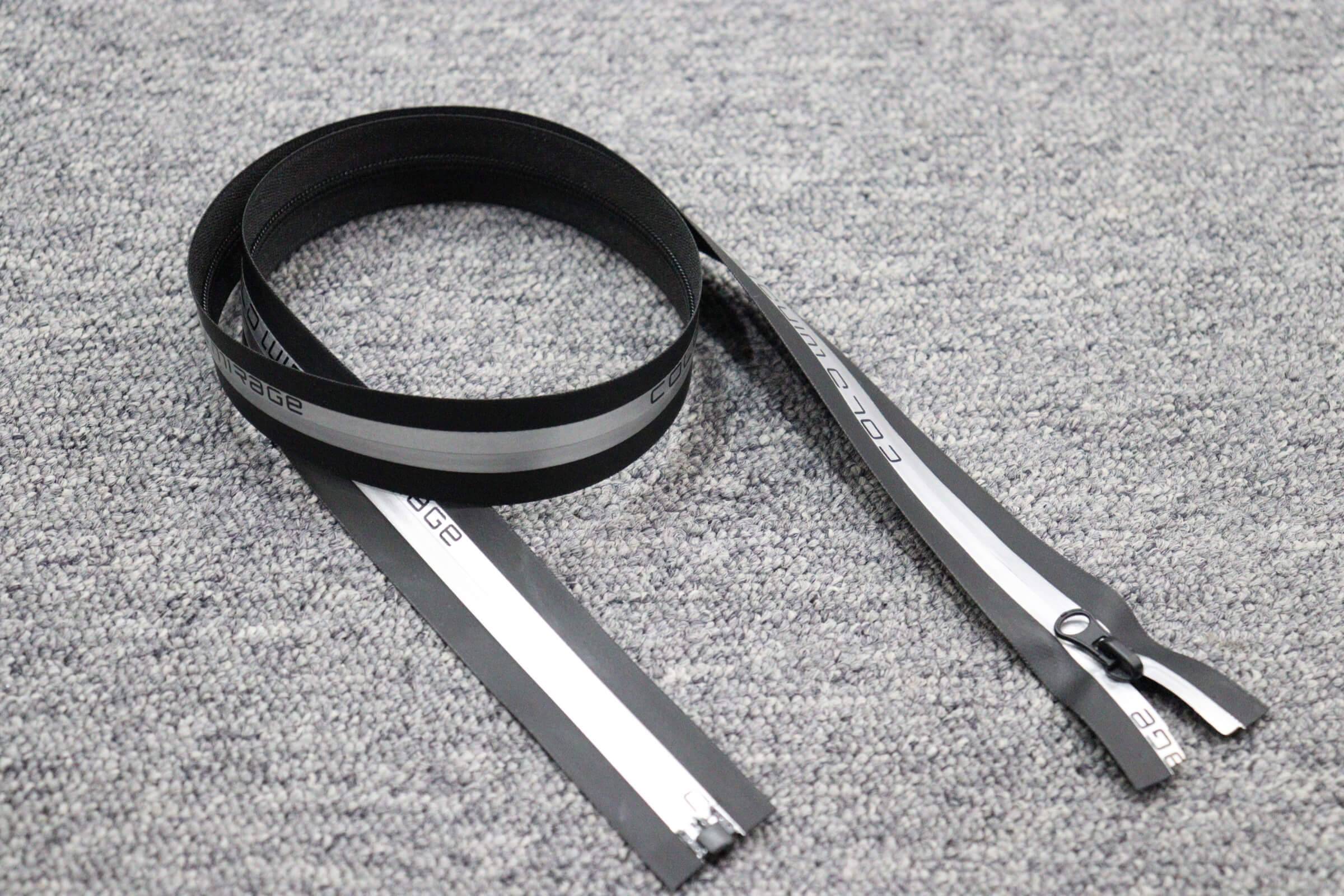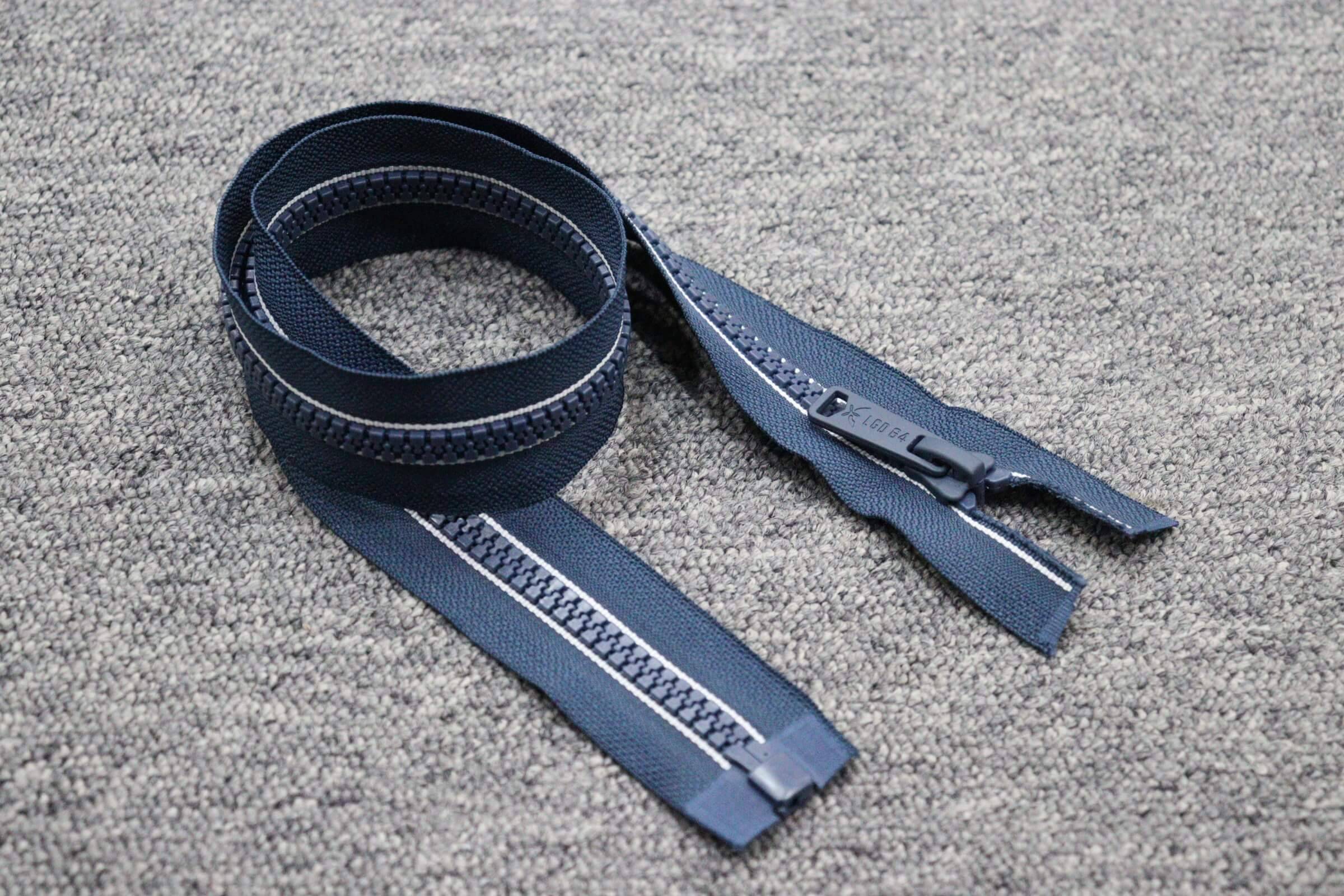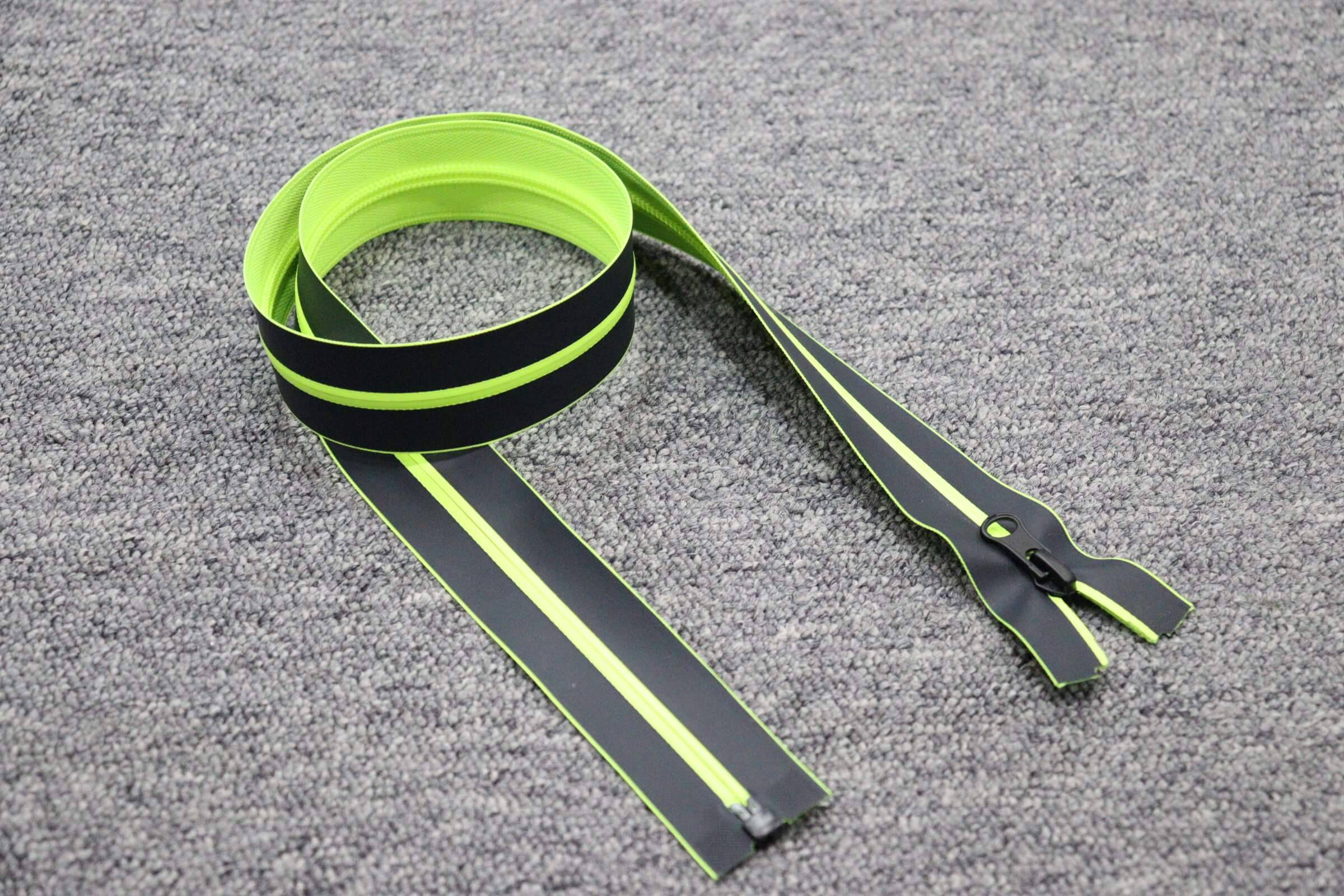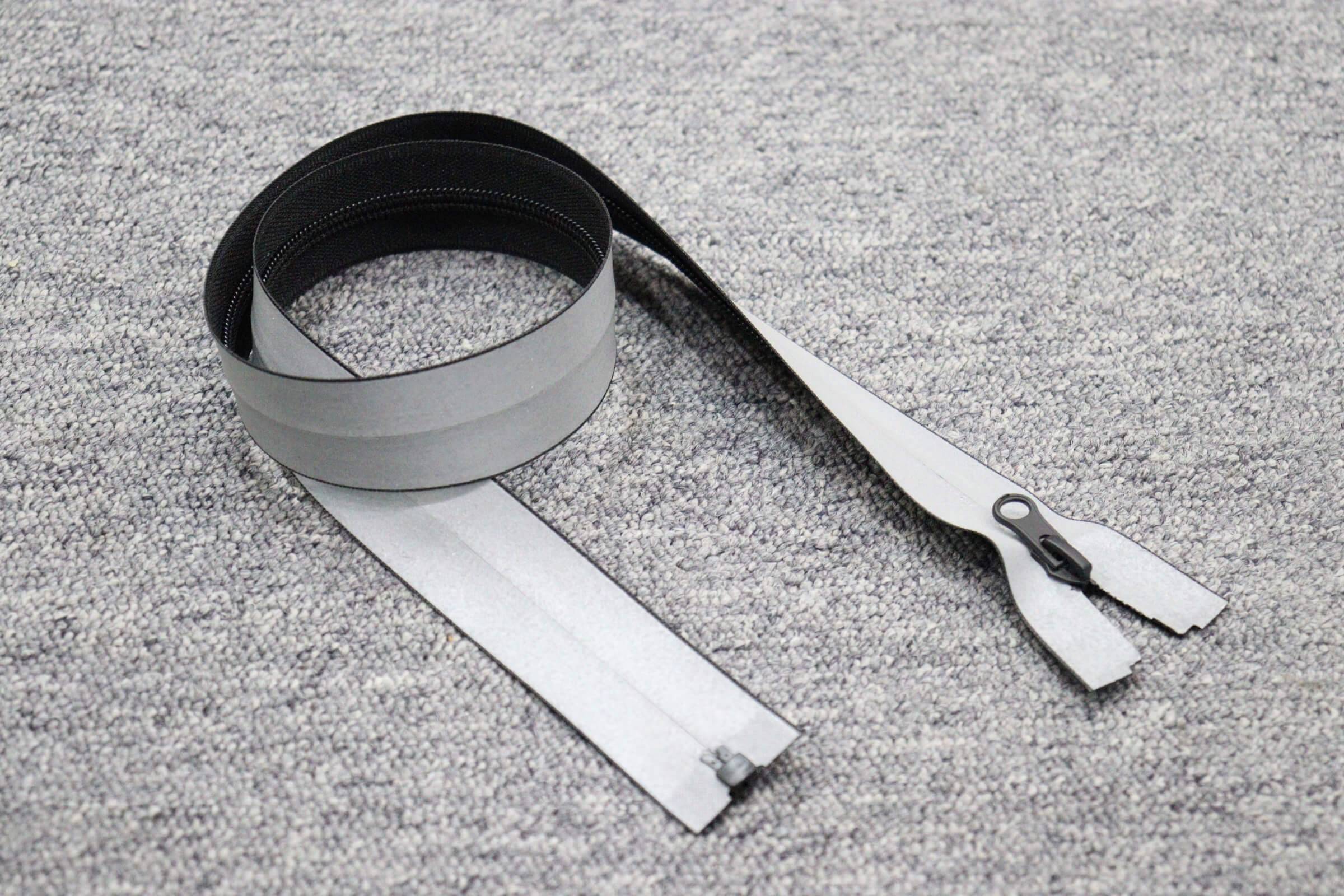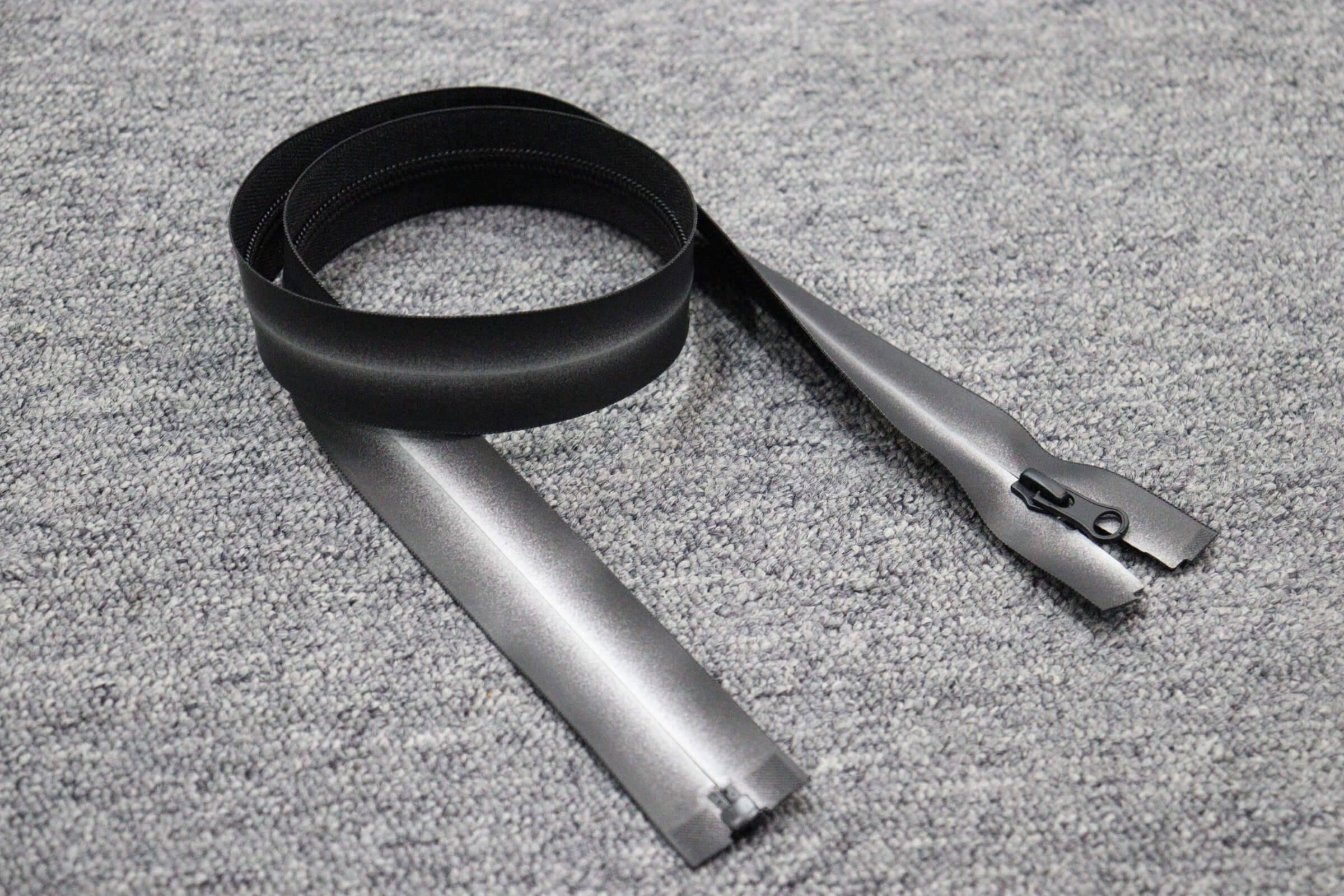High Visibility Standards
When it comes to high visibility standards, it is important to understand the legislative requirements and how and when they apply. As employers, it is your responsibility to ensure the safety of your workers, and that includes their protective safety wear. Just because they are wearing a fluorescent orange shirt, doesn't mean they are compliant.
When is Hi-vis Required
Hi-vis workwear is commonly used by trades people in the industrial work sites such as warehouses, factories, traffic management. Because of its reflective properties, hi-vis clothing reduces the risk of accidents in busy areas where there’s traffic or hazardous materials. Light and visibility will dictate whether the requirement to wear full body hi-vis clothing or just on the upper body.
The Standards Explained
The first standard specifies the visual requirements for high-visibility garments and covers
garments suitable for daytime and nighttime wears. The second standard has requirements with
regard to colours, the fluorescent materials and the retroreflective strips.
Which Colour Is Best – Yellow or Orange
Your high-vis garment colour is designed to clearly distinguish you from the environment. On the chromaticity scale, yellow is the brightest and most widely used. Orange has strong recognition and orange represents "warning" or "hazard". In general, The health and safety officer will determine which colour will be most suitable for your worksite.Any other colour (e.g. blue or pink) are not suitable to be classed as high visibility garments on a work site, although they may be deemed suitable in some working environments where the type of work being performed in a specific environment does not specifically require fluorescent yellow or orange hi-vis garments.
Branding Hi-Vis Safety Wear
Adding your logo to your safety wear is a great way to promote your company and showing public that your company is professional. Most importantly, it could come with a tax incentive for your company in some countries.
